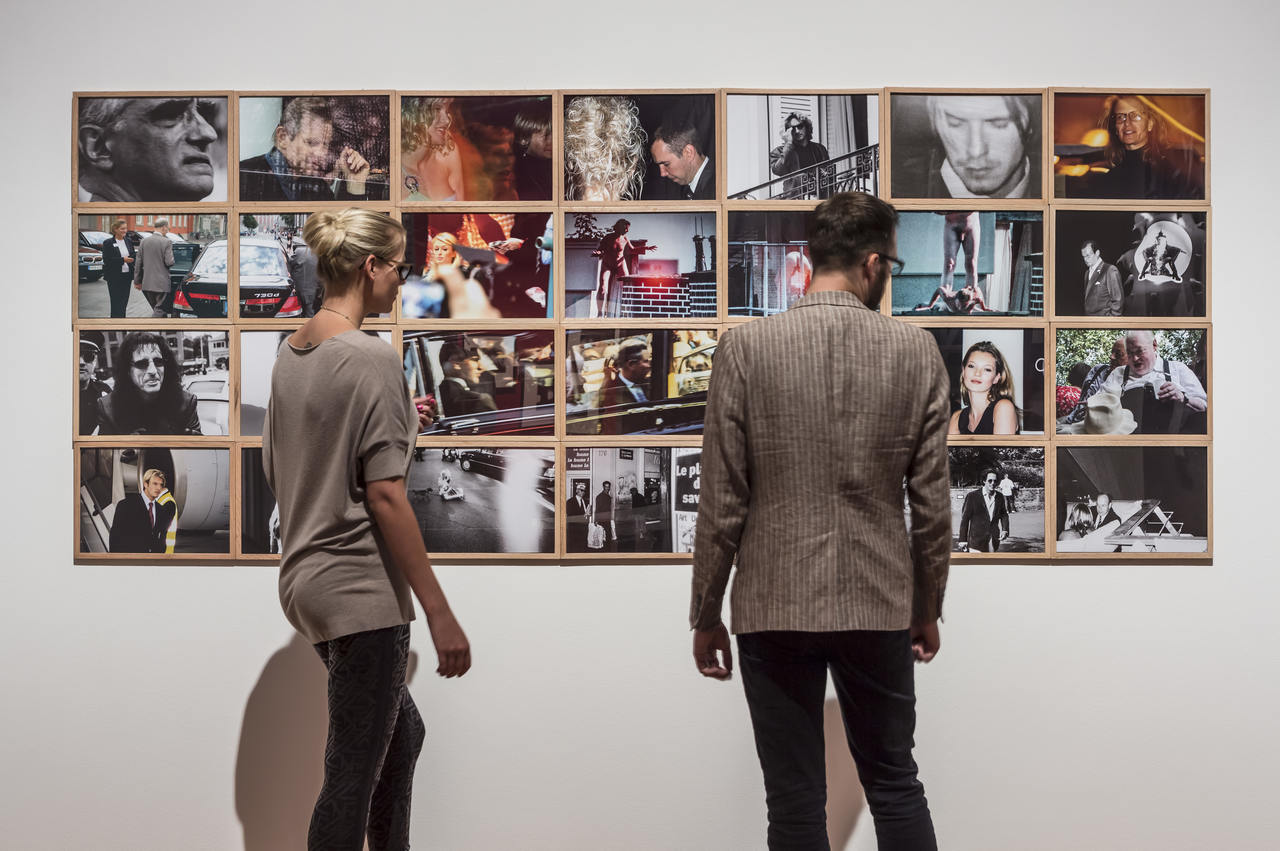The show investigats a modern myth, provide insights into the techniques and aesthetics of paparazzi photography, and examine the complex relationship that occasionally develops between the celebrity and the photographer.





PAPARAZZI! PHOTOGRAPHERS, STARS AND ARTISTS
They are hunters who themselves become prey. In 1960, Federico Fellini erected a questionable cinematic memorial to them in his famous film "La Dolce Vita." He created the character of the "paparazzo," the tabloid photographer whose name can be read as a combination of the words "pappatace" (sand fly) and "ragazzo" (boy). The paparazzo's raison d'être: the covert following and stalking of more or less well-known personages with the aim of publishing exclusive photos of supposedly secret and personal situations. The show will be the first ever to take an in-depth look at this theme from the art-sociological perspective. Organized by the Centre Pompidou-Metz in cooperation with the SCHIRN KUNSTHALLE FRANKFURT, it will investigate a modern myth, provide insights into the techniques and aesthetics of paparazzi photography, and examine the complex relationship that occasionally develops between the celebrity and the photographer. Some five hundred works and documents will cast this global phenomenon in an entirely new light. The presentation will showcase classics that have etched themselves into our visual memory -- for example Jackie Kennedy-Onassis on a seemingly casual walk through Manhattan or Lady Di fleeing from a frenzy of flashing cameras -- as well as the more recent and contemporary "icons" of paparazzi photography such as Paris Hilton and Britney Spears. Artistic approaches by such photographers as Richard Avedon, Thomas Demand, Cindy Sherman, Gerhard Richter, or Andy Warhol will also be on view.
Video
Catalog
The publication focuses the fascination with star photography and reflect its influence on the visual arts and fashion photography. It features "icons" of paparazzi photography that have been permanently etched on our visual memory, including Jackie Kennedy-Onassis during an seemingly casual walk through Manhattan, Lady Di fleeing from a frenzy of flashing cameras, or the younger "favorites" of paparazzi such as Paris Hilton or Britney Spears. Besides works by the most well-known representatives of paparazzi photography, such as Ron Galella, Pascal Rostain, Bruno Mouron, or Tazio Secchiaroli, positions by artists such as Cindy Sherman, Gerhard Richter, Andy Warhol, Barbara Kruger, Paul McCarthy, and Richard Avedon are introduced, who have critically examined and sounded out the specific characteristics of the paparazzi aesthetic. The book tells stories from 50 years of paparazzi photography and sets it sights on the paparazzo himself -- focuses on a profession that is admired and feared in equal measure and which secures its existence for the most part by means of secretly tracking and stalking famous celebrities and has made the tabloid press one of the highest-selling areas in the press sector -- always on the scout and with the goal of publishing exclusive pictures of the unsuspected, the ostensibly confidential, and the personal. In the process, the complex relationships and dependencies are analyzed that occasionally develop between stars and the photographer.
BOOKLET
This booklet presents the key works and theses of the exhibition and explains them in context with history, art and society.
